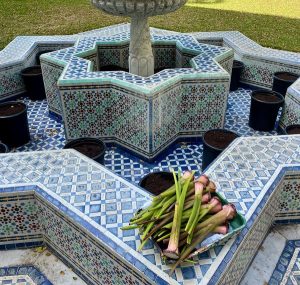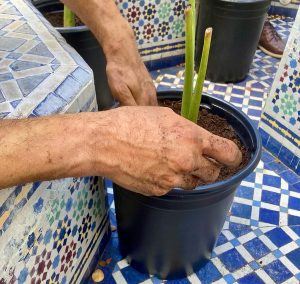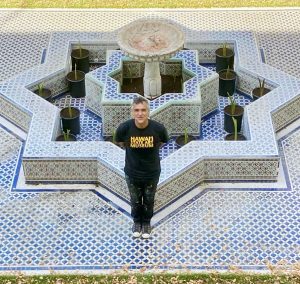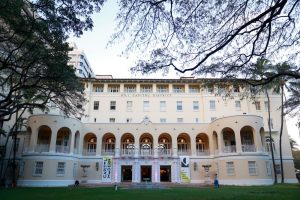Capitol Modern Artist-in-Residence Solomon Enos repurposes fountain by planting kalo




One of the beauties of art is the ability to transform spaces with uncommon materials. We are repurposing the fountain that fronts the No. 1 Capitol District Building (which houses Capitol Modern, along with several other state government offices) with huli, or kalo plants. Our artist in residence, Solomon Enos, guided the planting and shared some manaʻo behind the significance of kalo:
“Hāloanapalaukapalili was the firstborn child of Papa (the earth mother) and Wākea (the sky father) and was stillborn. Papa and Wākea wept tears into the soil at the place where he was buried, and from this place first kalo (taro) plant grew. The next-born child was called Hāloa, and he became the progenitor of the Hawaiian people. In this way, we are related to the land through the kalo.
The three main parts of the kalo are the lau (leaves), the hā (the stem), and the makua (corm or root). Together the whole plant is called the ‘ohana (family). Once the plant is harvested, the lau are cut away and the majority of the corm is removed, and what remains is the huli, which includes the hā and just the top of the makua. Huli also means to turn, so once you harvest the kalo, you huli the huli right back into the soil, and the huli we plant today is the same huli that has been planted since time immemorial.”

